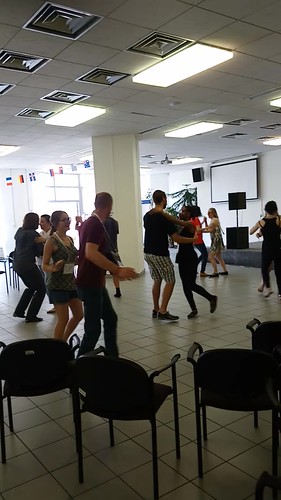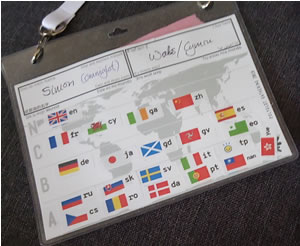This week the quiz is a bit different. As I’m currently at the #PolyglotGathering, I thought I’d come up with a question related to the event.
So, the question is, can you guess which of these languages has not been talked about here (in one of the talks or lectures): Ukrainian, Warlpiri, Rapa Nui, Southern Sami, Manx, Tunica, or Shanghainese.
No cheating by looking at the program now 🙂
Yesterday was a good day with some interesting talks and conversations. At the International Culutural Evening I sang a Welsh folk song (Gwcw Fach) on my own, and two songs with a few others – one in Spanish (Cielito Lindo), and one in Māori (Ngā iwi e).

